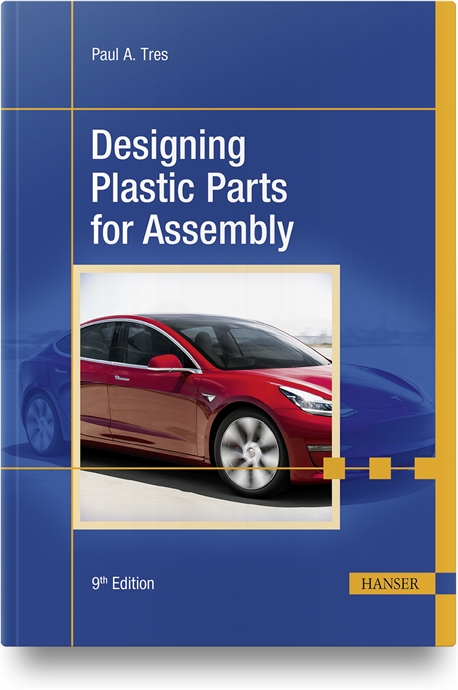Making It
Compression Molding




This bi-monthly series features entries from the well-known designer’s handbook, Making It: Manufacturing Techniques for Product Design, 2nd Edition, published by Laurence King Publishing at www.laurenceking.com. Each column describes a material used in design and/or the processes for its use.
This process can be pressed into service for forming several different materials. On the one hand, it is used for producing ceramics, and on the other, it can be used to mold thermoset plastics (it was the original method for forming Bakelite), as well as fiber-based plastic composites.
To understand the basic principle of compression molding, just think of children jamming their fists into lumps of dough to create imprints.
The elaborated industrial process uses granules as a starting point rather than solid material, and heated molds to replace the fist. The two-part Into Solid: Compression Molding male and female molds can be used to process anything from thick, solid shapes to thin-walled containers.
Positives:
Ideal for forming thermoset plastics.
Ideal for producing parts that require large, thick-walled, solid sections.
Allows for variable sections and wall thicknesses.
Negatives:
Limited in terms of complexity of shapes, but good for producing flat shapes such as dinner plates.
Quick GuideVolume of production Can be equally suitable for batch or high-volume production. Unit price vs. capital investment In relation to other plastic-molding methods (for example, injection molding), tooling costs are moderate while still maintaining a low unit price. Speed Speed is affected by how long the mold remains closed, which is determined by part size and material. Surface Good surface quality. Types/complexity of shape Compression molding is often used for large plastic parts with thick wall sections, which can be more economically produced with this process than with injection molding. The nature of shaping objects with a two-part, male/female mold makes the process suitable for simple forms with no undercuts, but it also means that parts can have variable wall thicknesses. Scale Generally used for small parts of approximately 12 inches in any direction. Tolerances Fair. Relevant materials Ceramics and thermoset plastics such as melamine and phenolics, and fiber composites and cork. Typical products Melamine kitchenware (bowls, cups, and similar products) is often made with compression molding. Other applications include electrical housings, switches, and handles. Similar methods Hand and spray lay-up molding and transfer molding. And, although more expensive, injection molding could also be considered. Sustainability issues These depend upon the type of material used. As the process is often used for thermoset plastics, recycling parts made with this group of plastics is not an option. Wastage can be high because of the excess of material required to hold the material being formed firmly within the mold.
Further information www.bpf.co.uk www.corkmasters.com www.amorimsolutions.com |
Looking for a reprint of this article?
From high-res PDFs to custom plaques, order your copy today!











